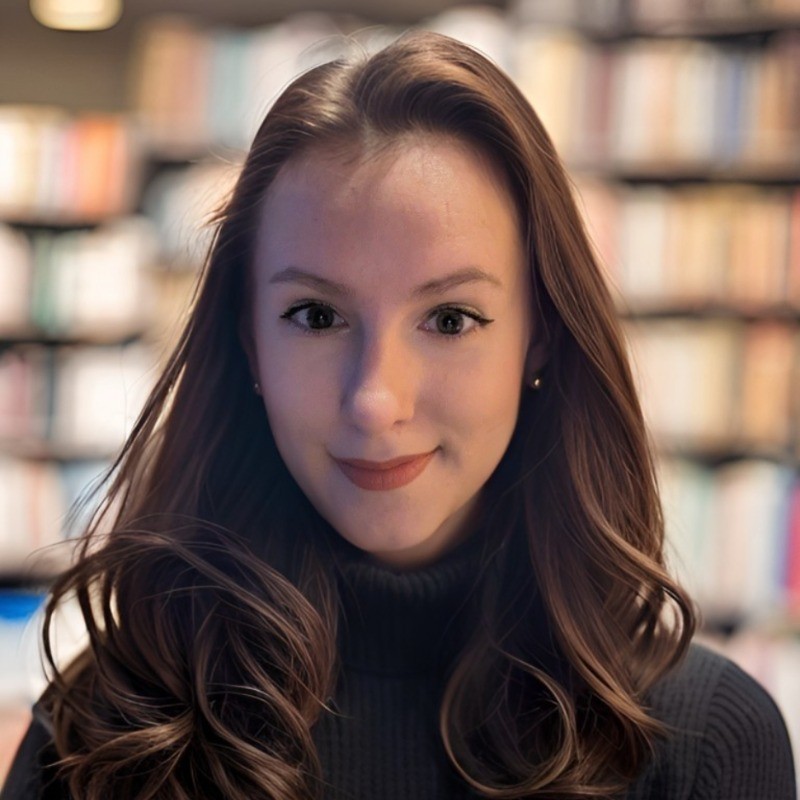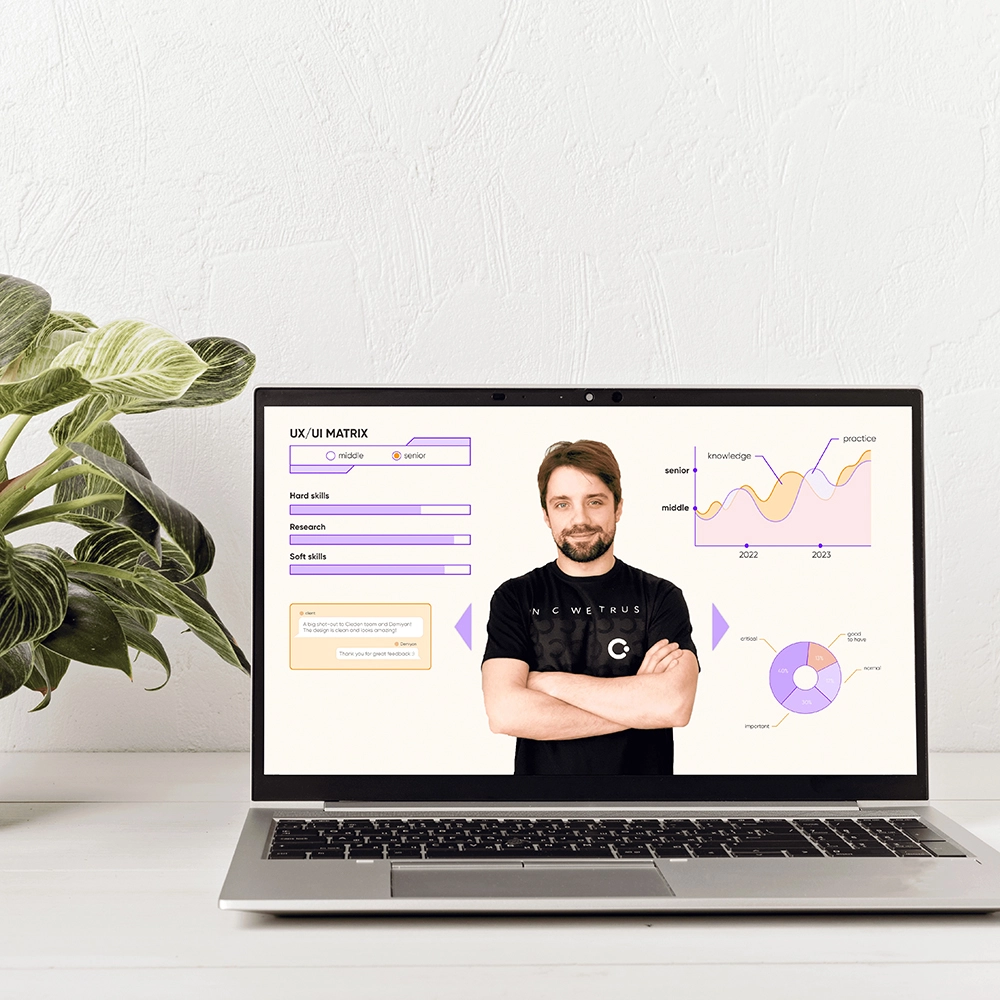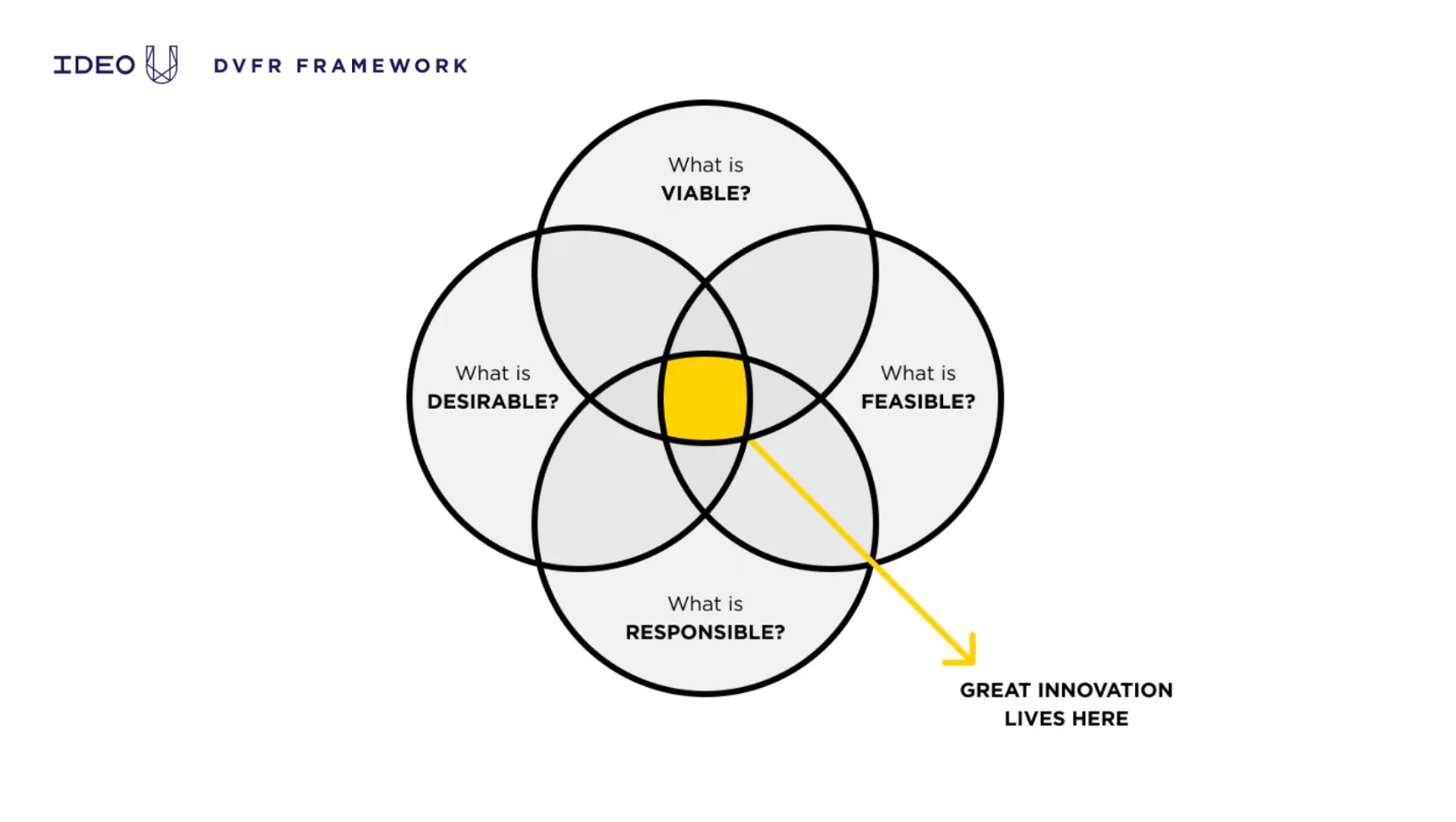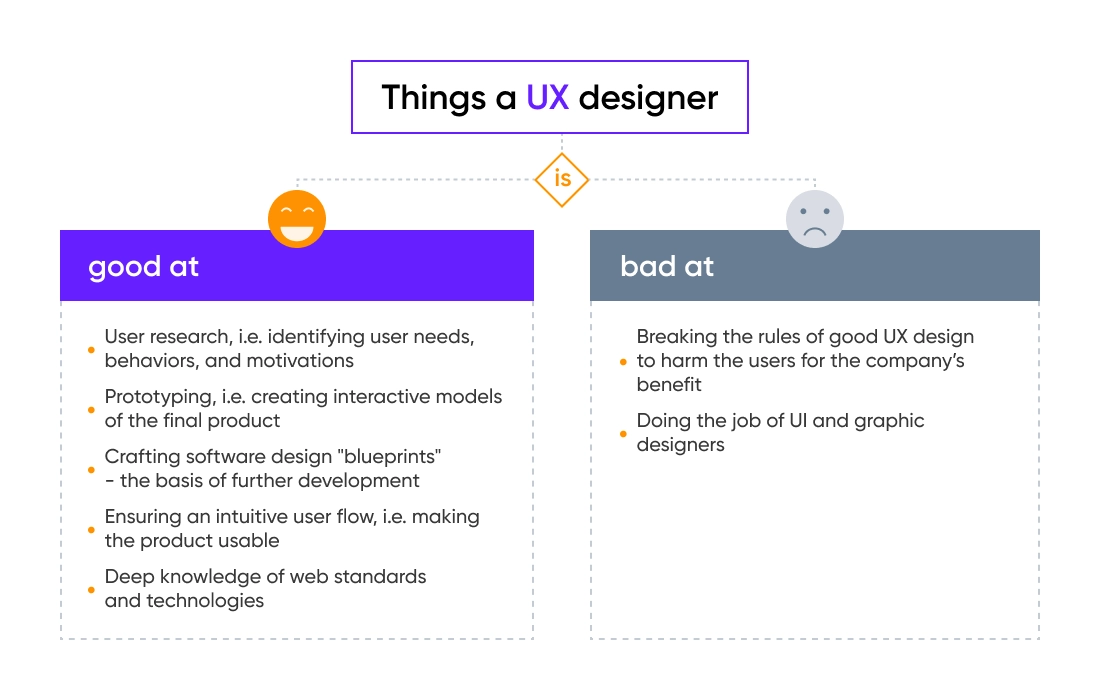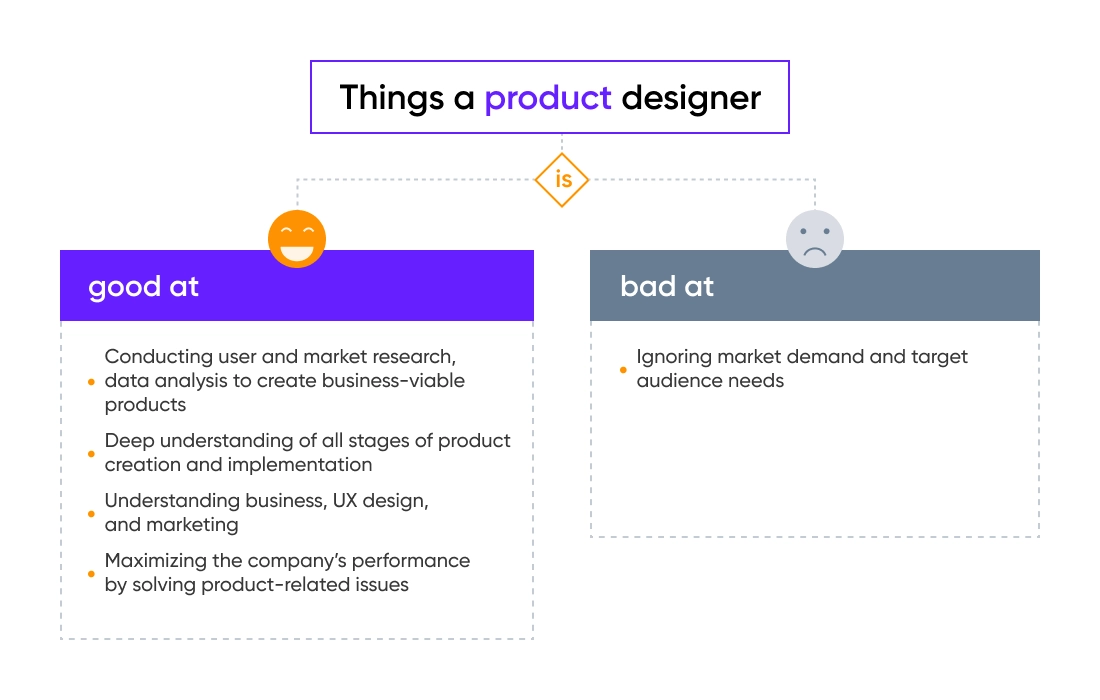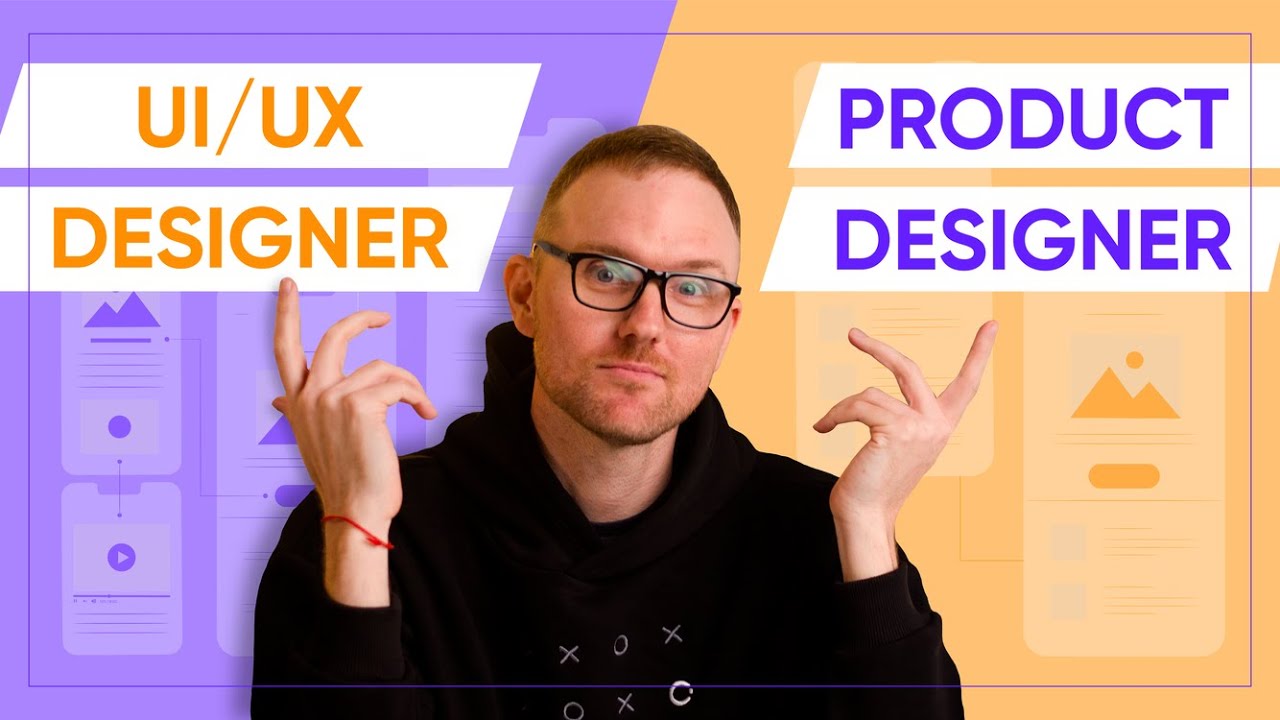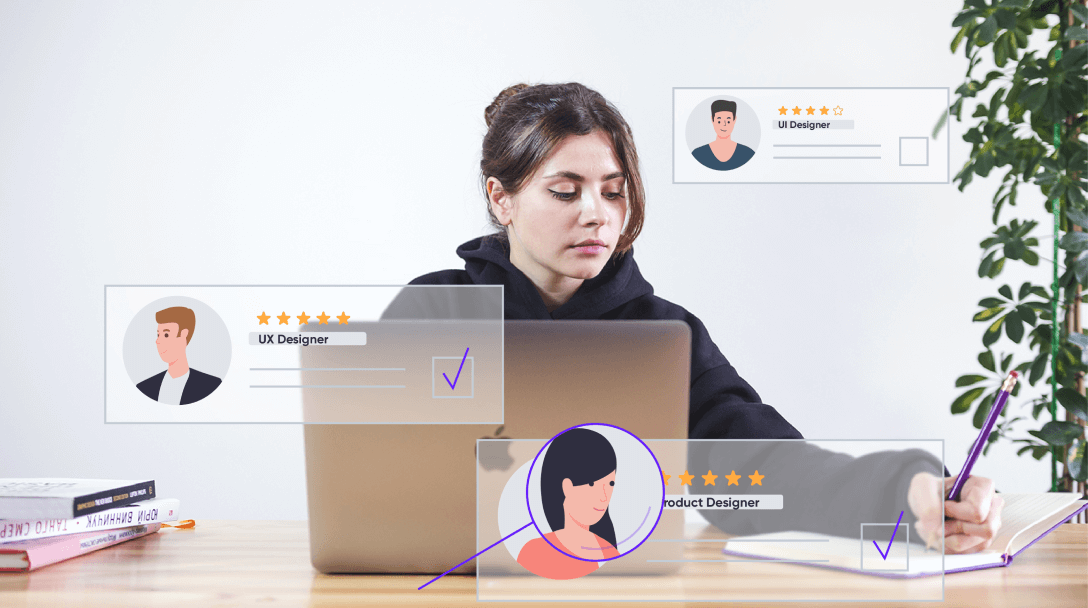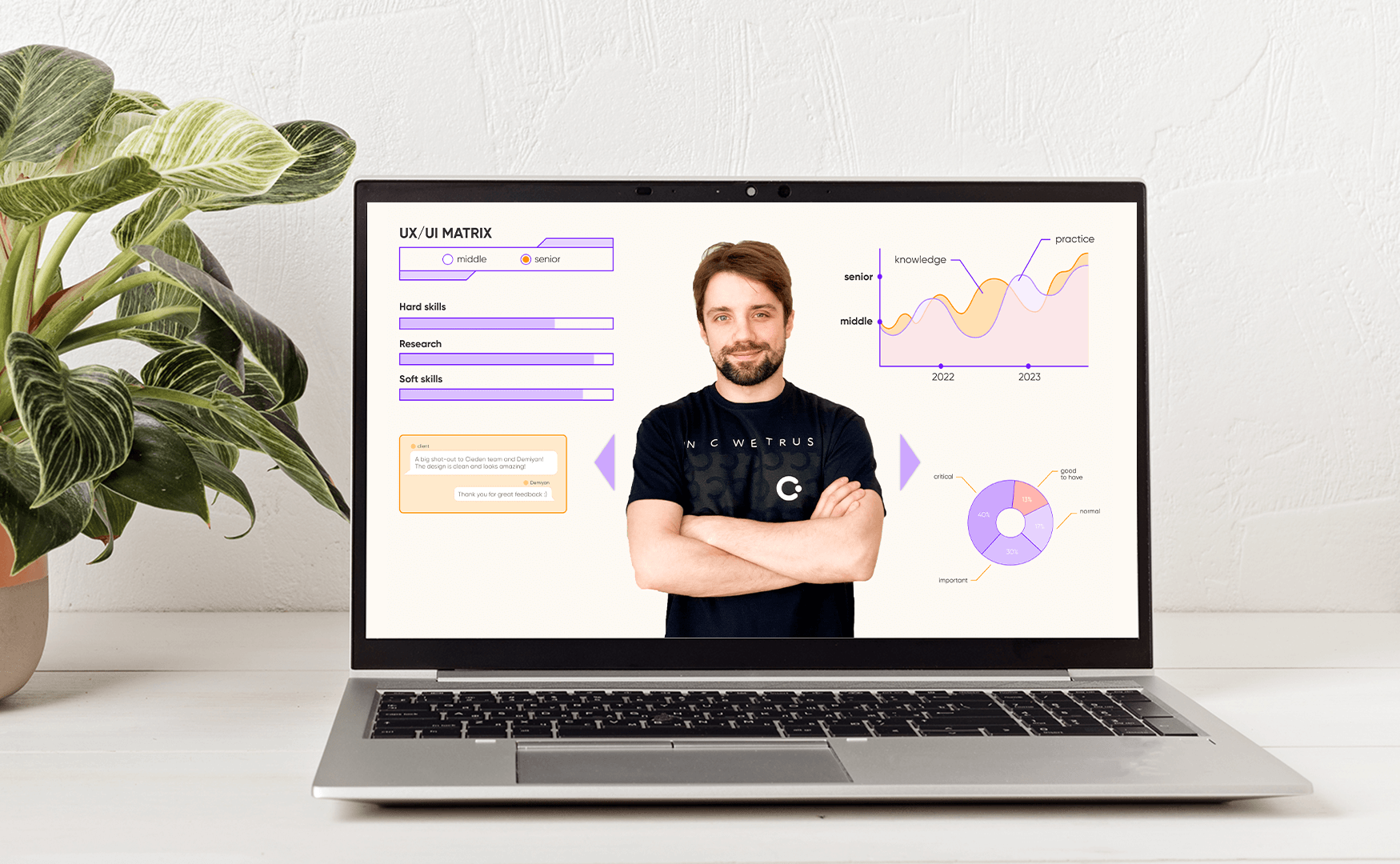As digital product teams scale, leaders are drowning in a sea of overlapping titles: UX Designer, UI/UX Designer, Product Designer, UX Strategist, and yes, now: AI UX Designer.
The question is “Who’s right for the problem in front of you?” Because teams are burning time and budget picking the wrong role and paying for user frustration and rework that costs 5x more in code than in Figma.
This guide is built for founders, product leaders, and tech execs trying to scale design smartly. We’ll break down:
-
what is a Product Designer vs UX Designer;
-
when you need deep usability vs when you need big-picture strategy;
-
why AI is redrawing the job description entirely;
-
and how to match the right design expertise to your product’s stage and risk profile.
